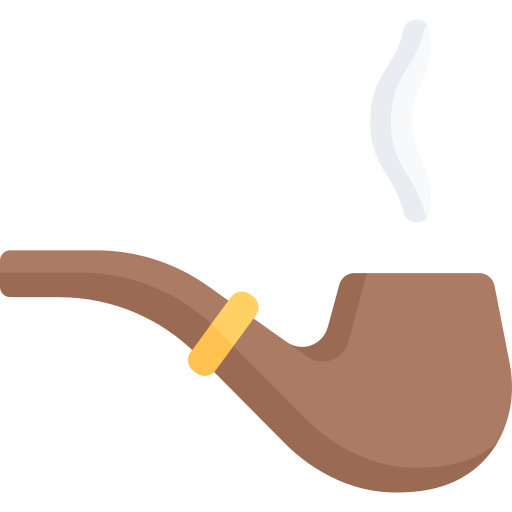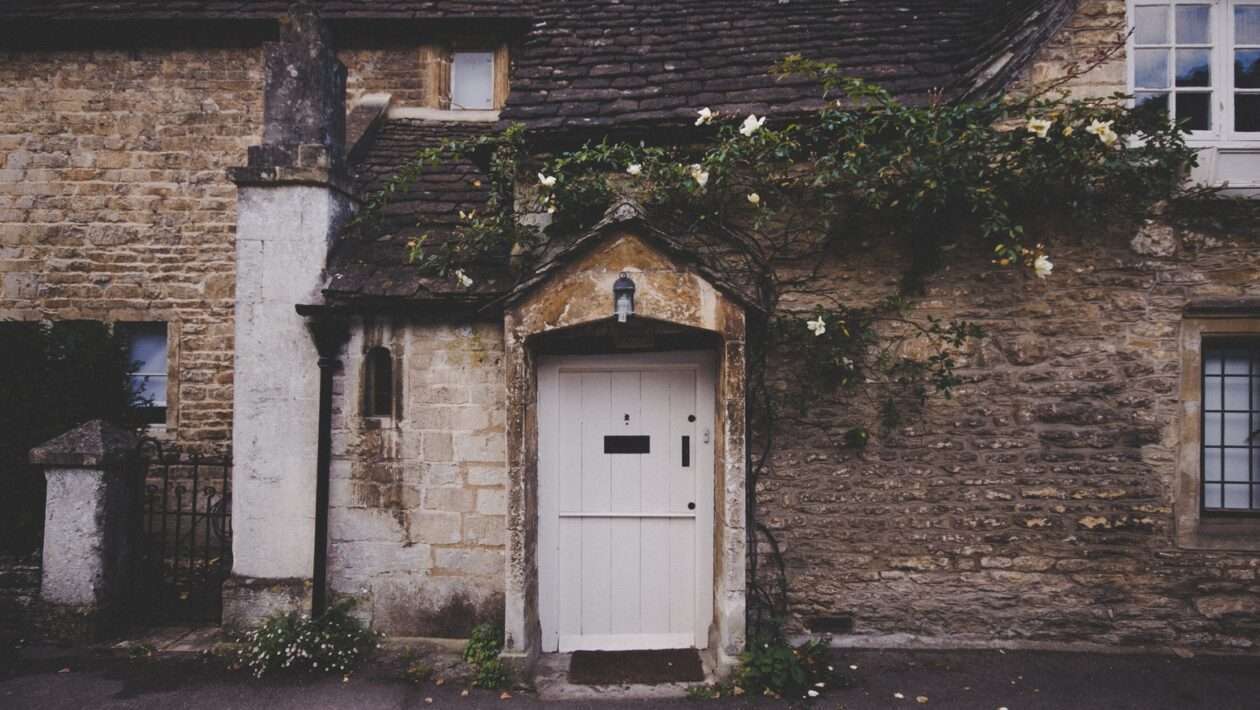A Glimpse into the Past
The Elizabethan era (1558-1603) was a time of profound artistic expression, and portraiture emerged as a powerful medium for capturing the essence of individuals and the complexities of their status. In a society marked by its stratified social structure, portraits became more than mere images – they were windows into the personalities, aspirations, and positions of their subjects.
Artistry and Identity
Portraits in the Elizabethan era were more than faithful representations; they were works of art that conveyed a sense of identity and self-presentation. These portraits offered insights into the aspirations and ideals of their subjects, often presenting them in ways that aligned with their desired image. The attire, props, and settings depicted in the portraits were carefully chosen to project specific messages.
Nobility and Authority
Portraits of the Elizabethan nobility emphasized their social status and authority. Elaborate clothing, luxurious fabrics, and intricate jewelry adorned the subjects, showcasing their wealth and prominence. These portraits reinforced the hierarchical structure of society and served as symbols of power and influence.
Expressions and Symbols
Facial expressions and gestures were significant elements of Elizabethan portraiture. Subjects often held objects that carried symbolic meaning – a book, a musical instrument, or a flower. These props conveyed attributes such as intellect, talent, or beauty. Facial expressions ranged from serene and contemplative to confident and assertive, providing additional layers of interpretation.
Royalty and Propaganda
Portraits of royalty held a distinct place in Elizabethan society. These images were carefully crafted to project an image of strength, wisdom, and regal demeanor. Portraits of Queen Elizabeth I, known for her iconic white lead makeup and elaborate costumes, showcased her authority and elevated her status as the ruling monarch.
Social Mobility and Aspirations
For individuals outside the noble class, portraiture offered a means of expressing social mobility and aspirations. Merchants, professionals, and rising gentry used portraits to assert their newfound status and align themselves with the ideals of the upper echelons of society. These portraits served as markers of achievement and societal advancement.
Legacy and Influence
The legacy of Elizabethan portraiture endures in modern times. These artworks continue to provide insights into the cultural values, aesthetics, and social dynamics of the era. As we study these portraits, we gain a deeper understanding of the nuances of Elizabethan society and the diverse aspirations of its individuals.
Embodying Personalities
Elizabethan portraits were not mere static images; they were dynamic representations that embodied the personalities and aspirations of their subjects. The use of symbolism, props, and expressions allowed artists to capture the essence of individuals in ways that transcended the limitations of their medium.
Conclusion
Portraiture in the Elizabethan era was a sophisticated form of artistic expression that went beyond surface appearances. These portraits served as mirrors reflecting the intricate interplay between personality, status, and societal values. As we delve into the world of Elizabethan portraiture, we uncover a vibrant tapestry of individual stories that contribute to our understanding of this rich and multifaceted era.

